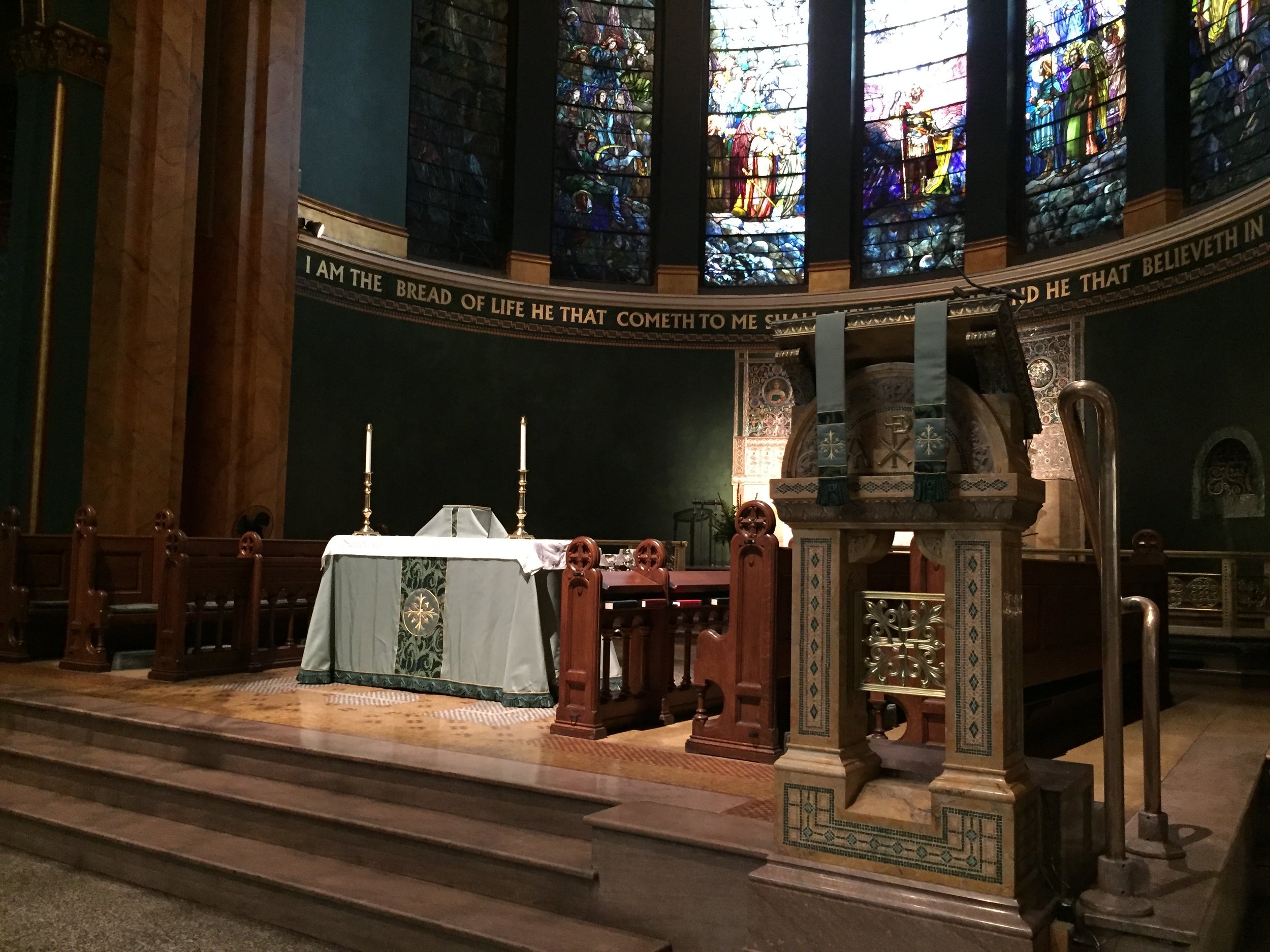
Every vestment
has a story to tell

New York state is home to some of the most historic Episcopal churches in the country.
In most cases little is known about their vestment collections beyond a handful of clergy, parishioners and maybe a random graduate student or textile historian. Vestments and paraments have long been used as part of religious services going back thousands of years. Made from the finest materials and embroideries, the church has an especially rich history of their use from ancient medieval Opus Anglicanum “English Work” embroideries to contemporary creations by fabric artists using the latest in computer-assisted designs.
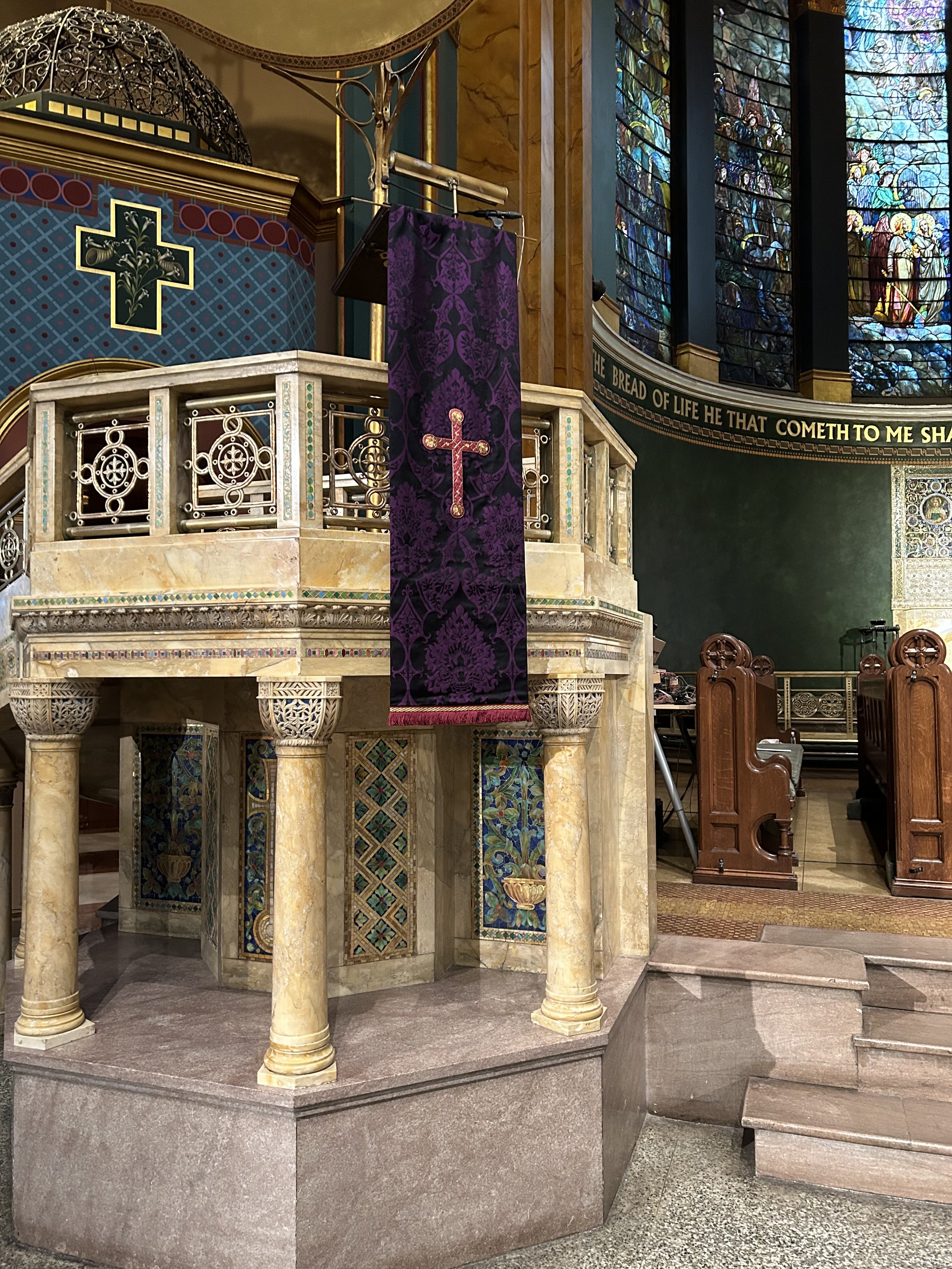
Lenten pulpit fall, 19th c. embroidery. St. Michael’s Church, NYC
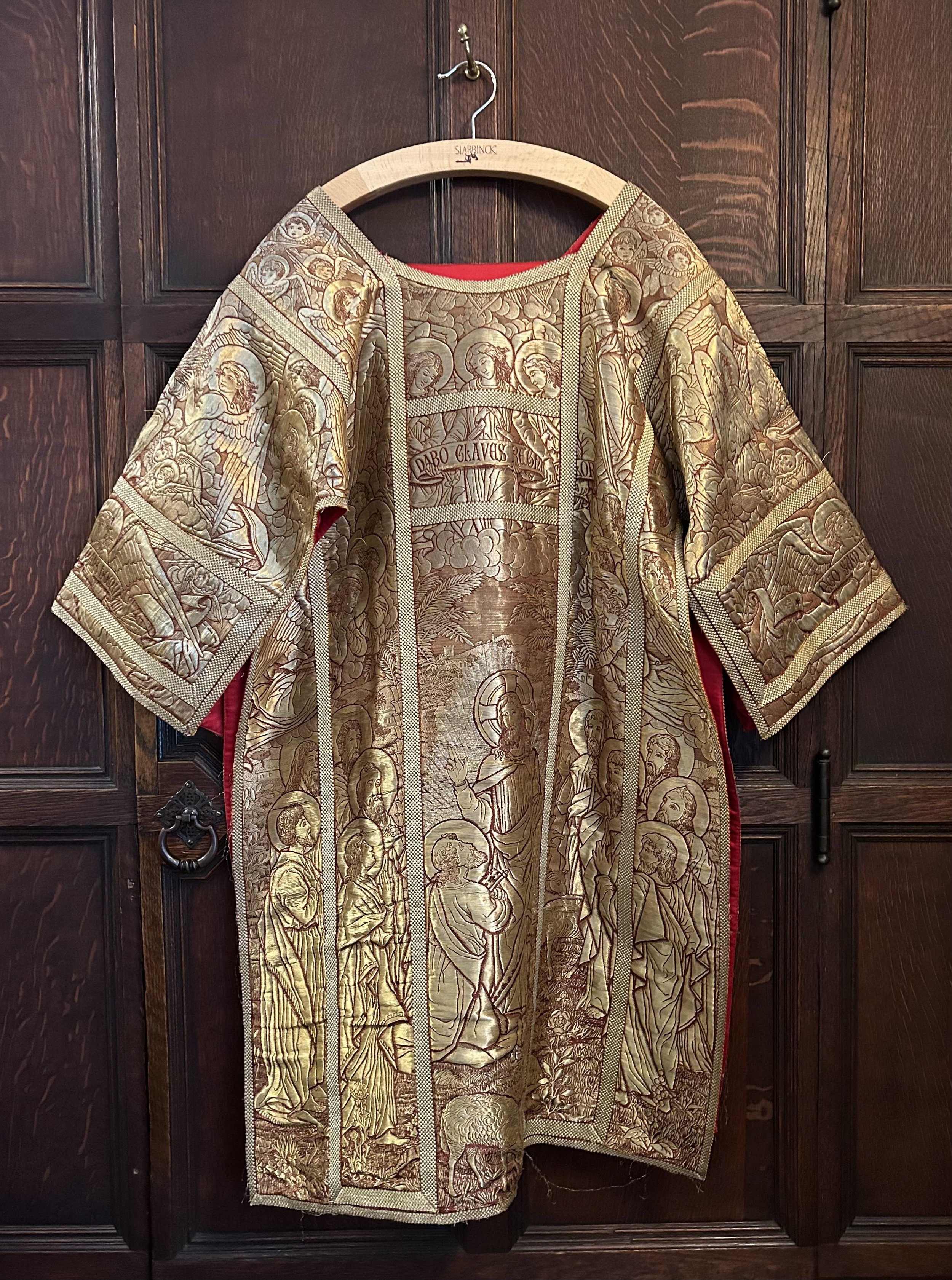
“Angelique” Dalmatic, early 20th c. St. Thomas Church Fifth Avenue, NYC
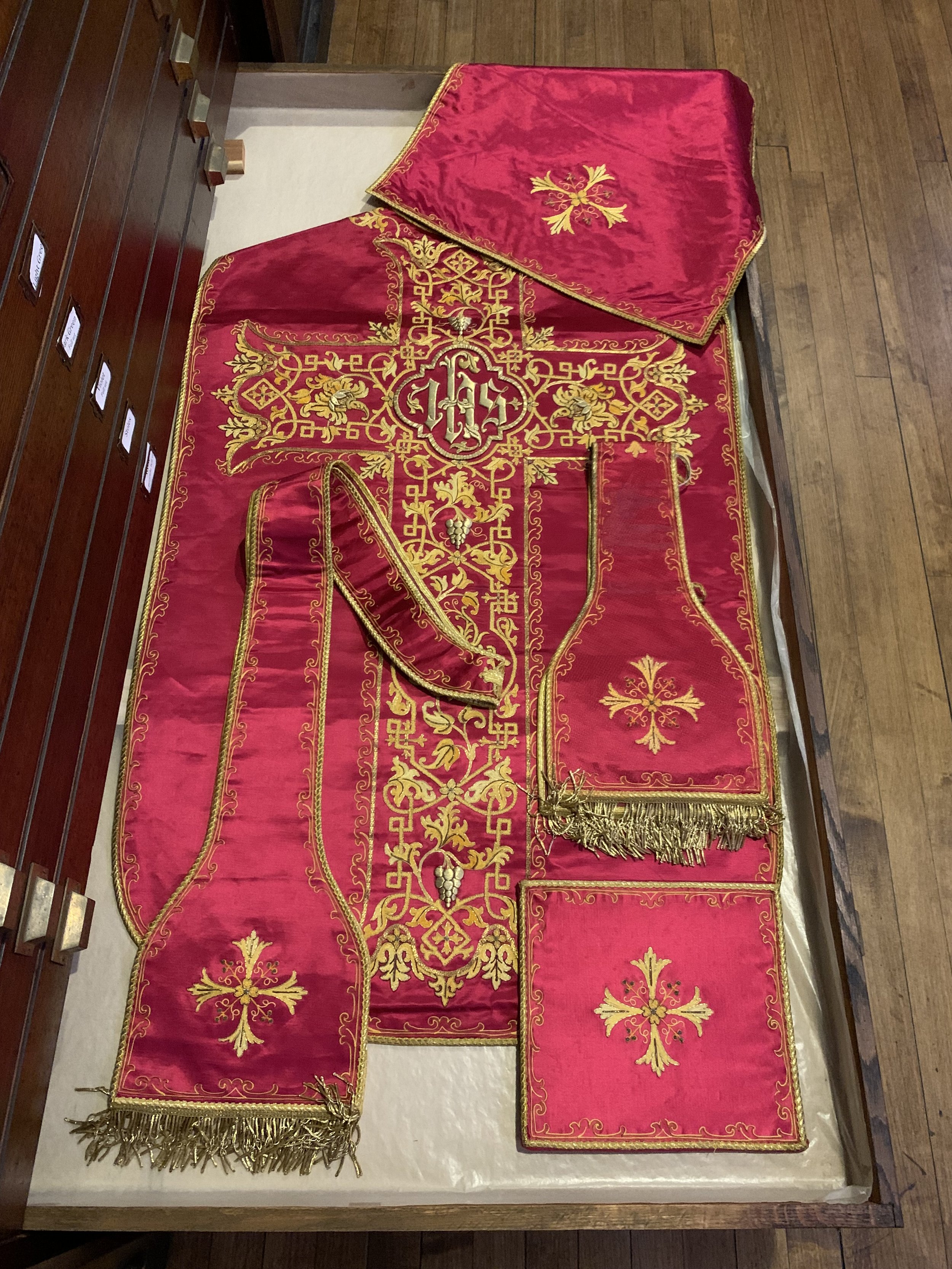
Red satin Passiontide set, 20th c. St. Paul’s Church, Brooklyn, NY
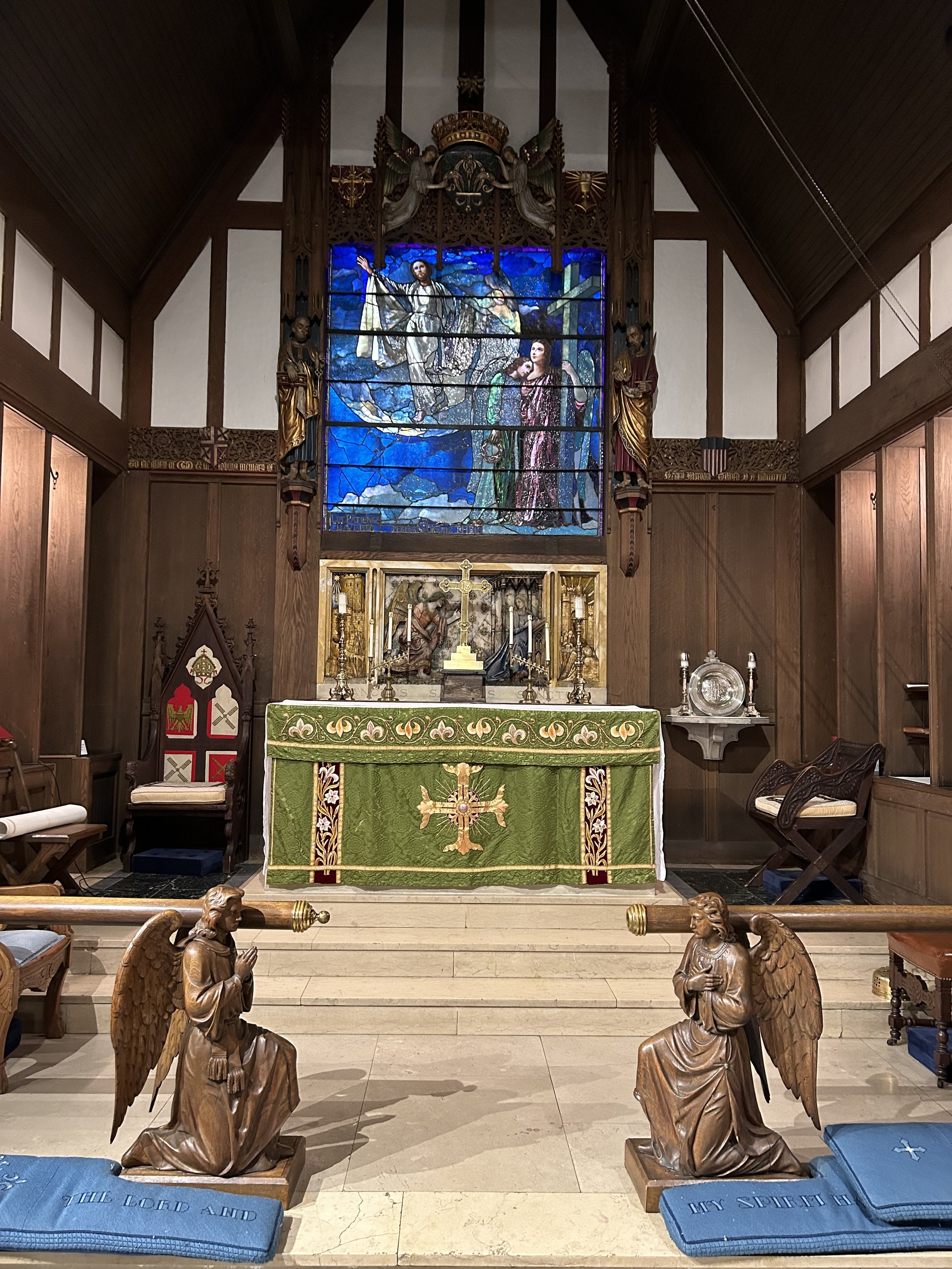
Altar frontal, 19th c. St. Mary’s-in-Tuxedo, Tuxedo Park, NY

Lenten set, St. Hilda’s Guild, 20th c. St. Ignatius of Antioch Church, NYC
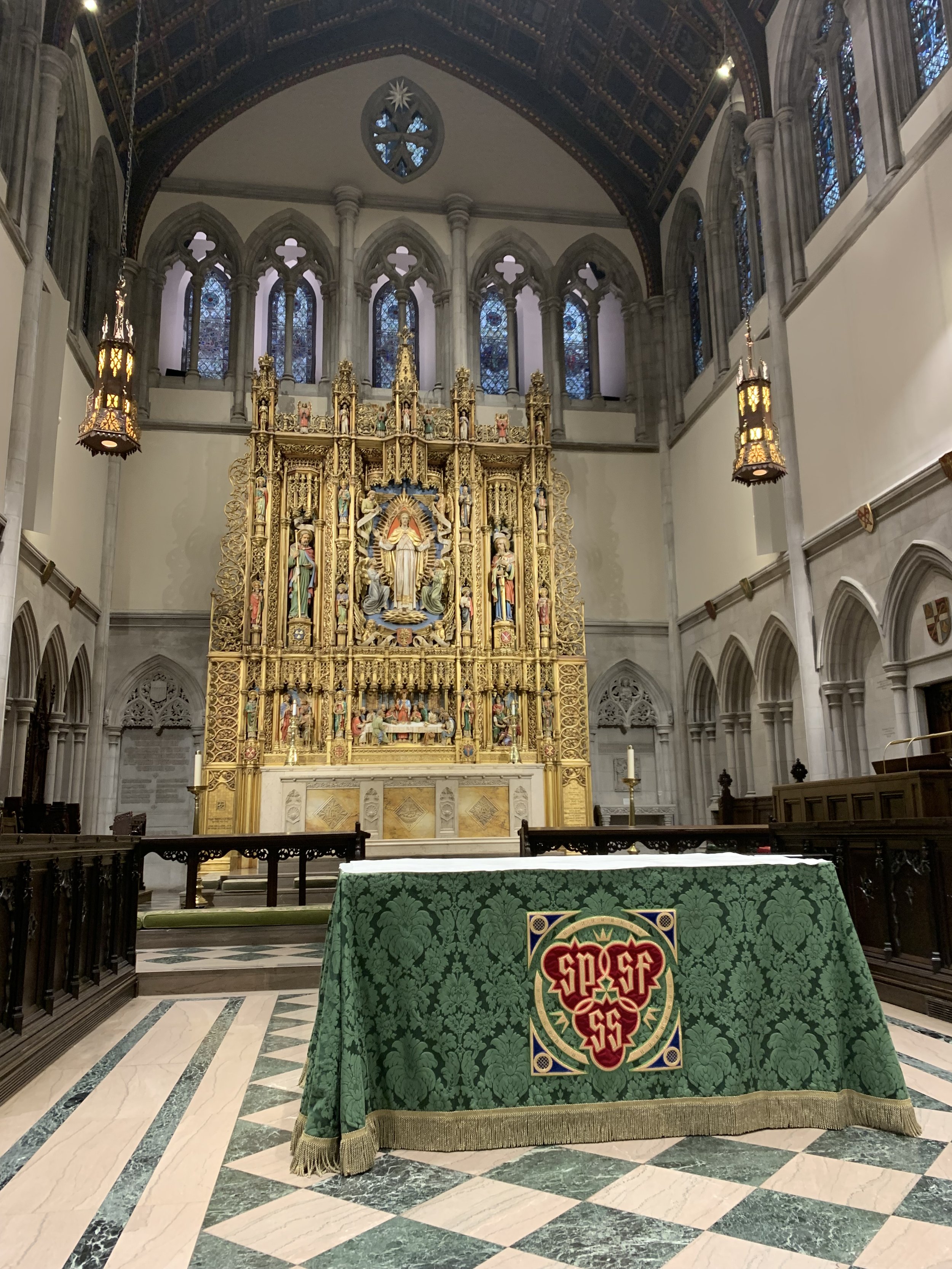
Trinity Frontal, early 20th c. St. James Church, NYC
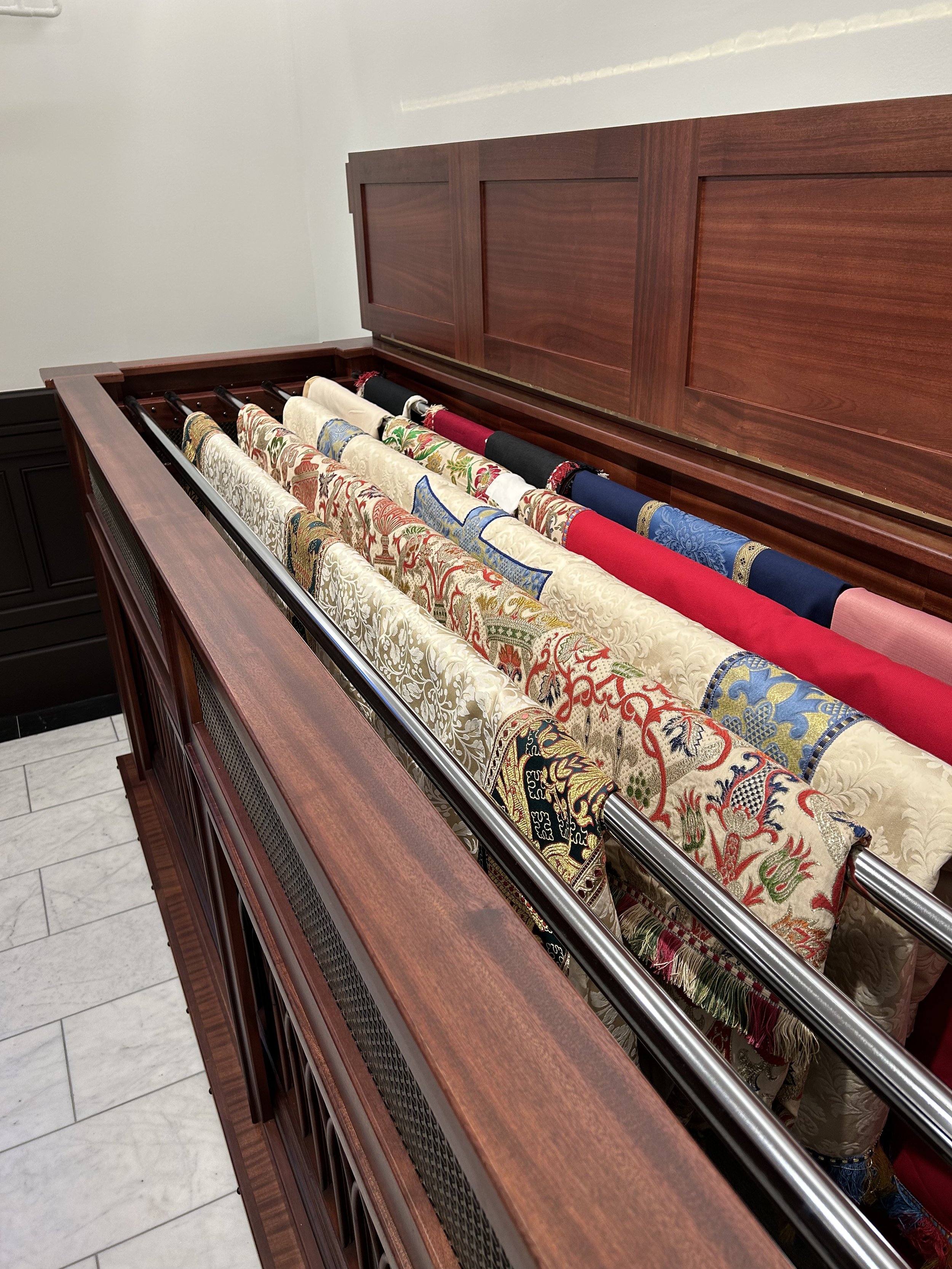
Frontal cabinet. Cathedral of the Incarnation, Garden City, NY
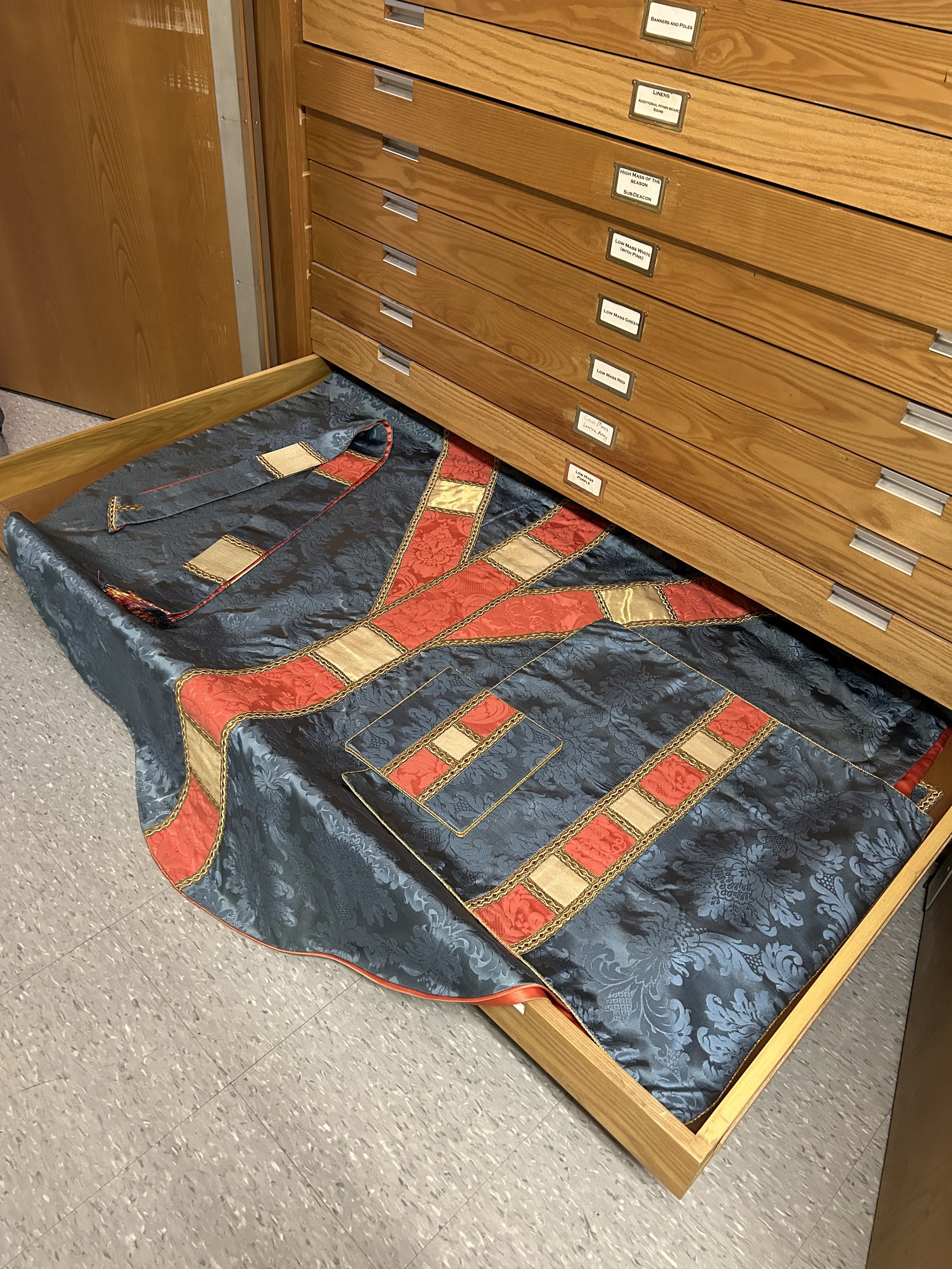
Graham French Advent set, 20th c. Church of St. Luke in the Fields, NYC.
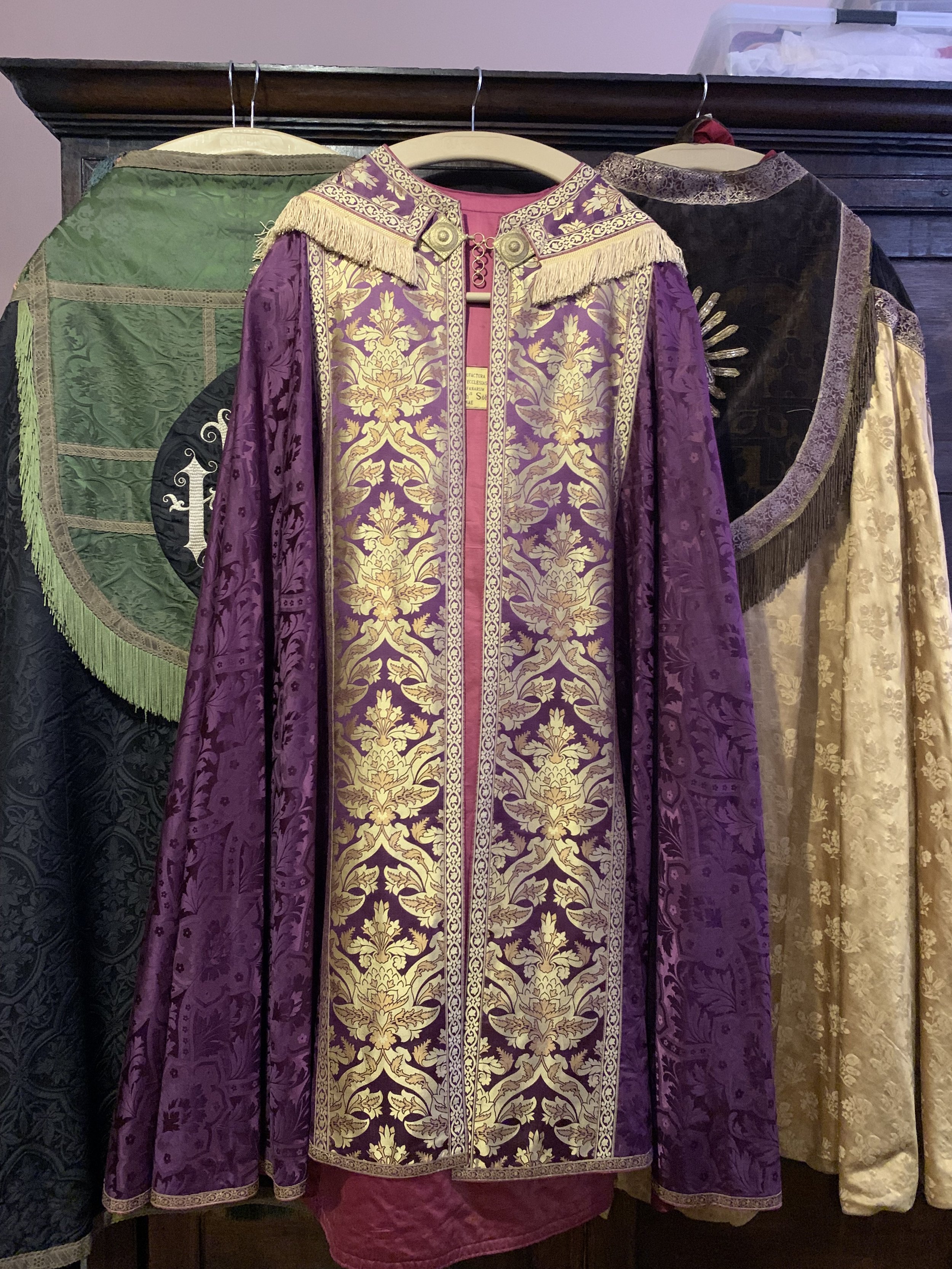
Viennese damask and brocade cope, 19th c. St. Paul’s Church, Brooklyn, NY

Banner designed by John Ninian Comper and embroidered by the Sisters of Bethany. English early 20th c. Church of the Resurrection, NYC
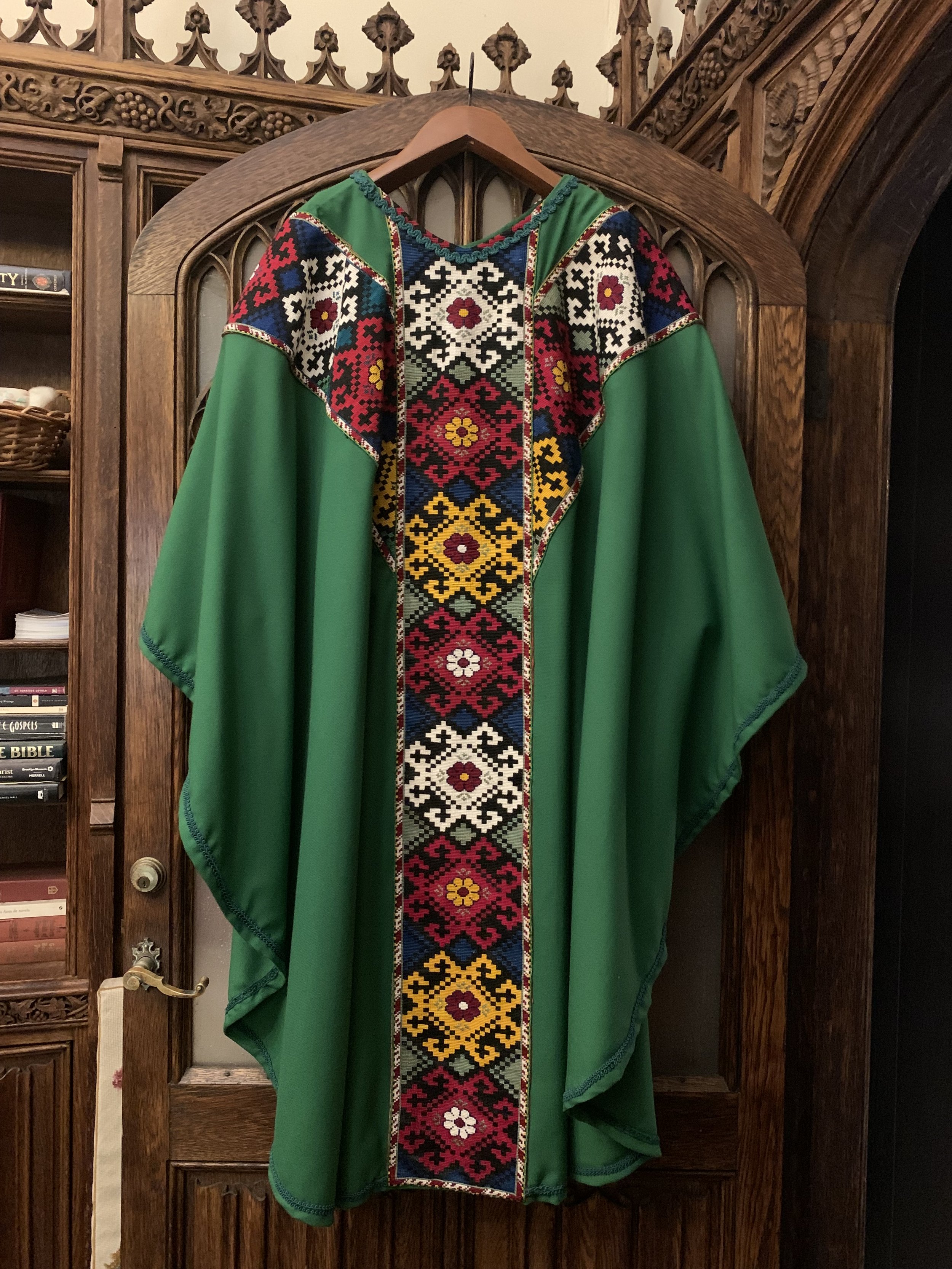
Chasuble with Bedouin embroidered panels 20th c. Church of the Ascension, NYC
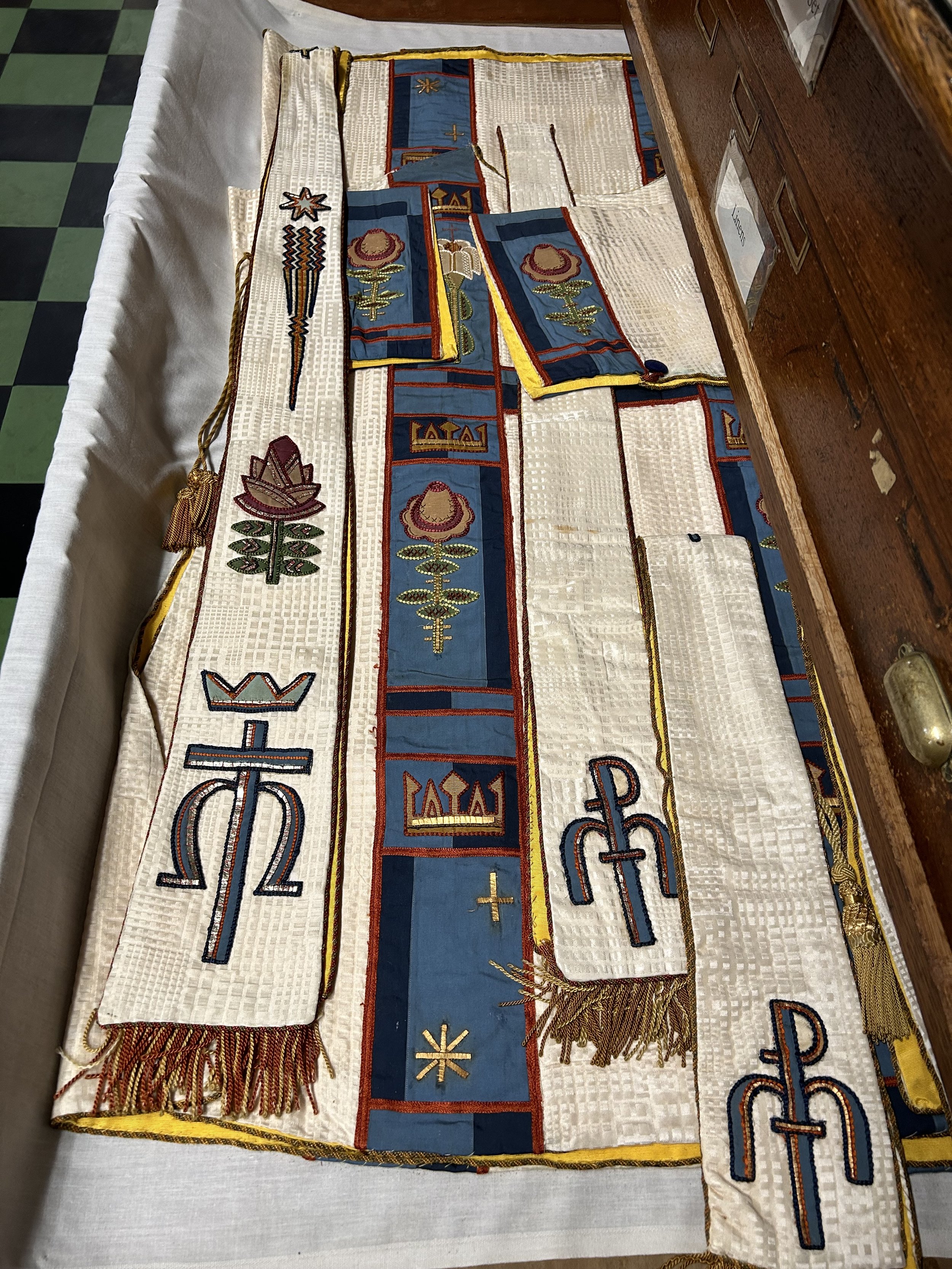
Mid-century modern Marian stoles and dalmatic. St. Mary the Virgin, NYC
